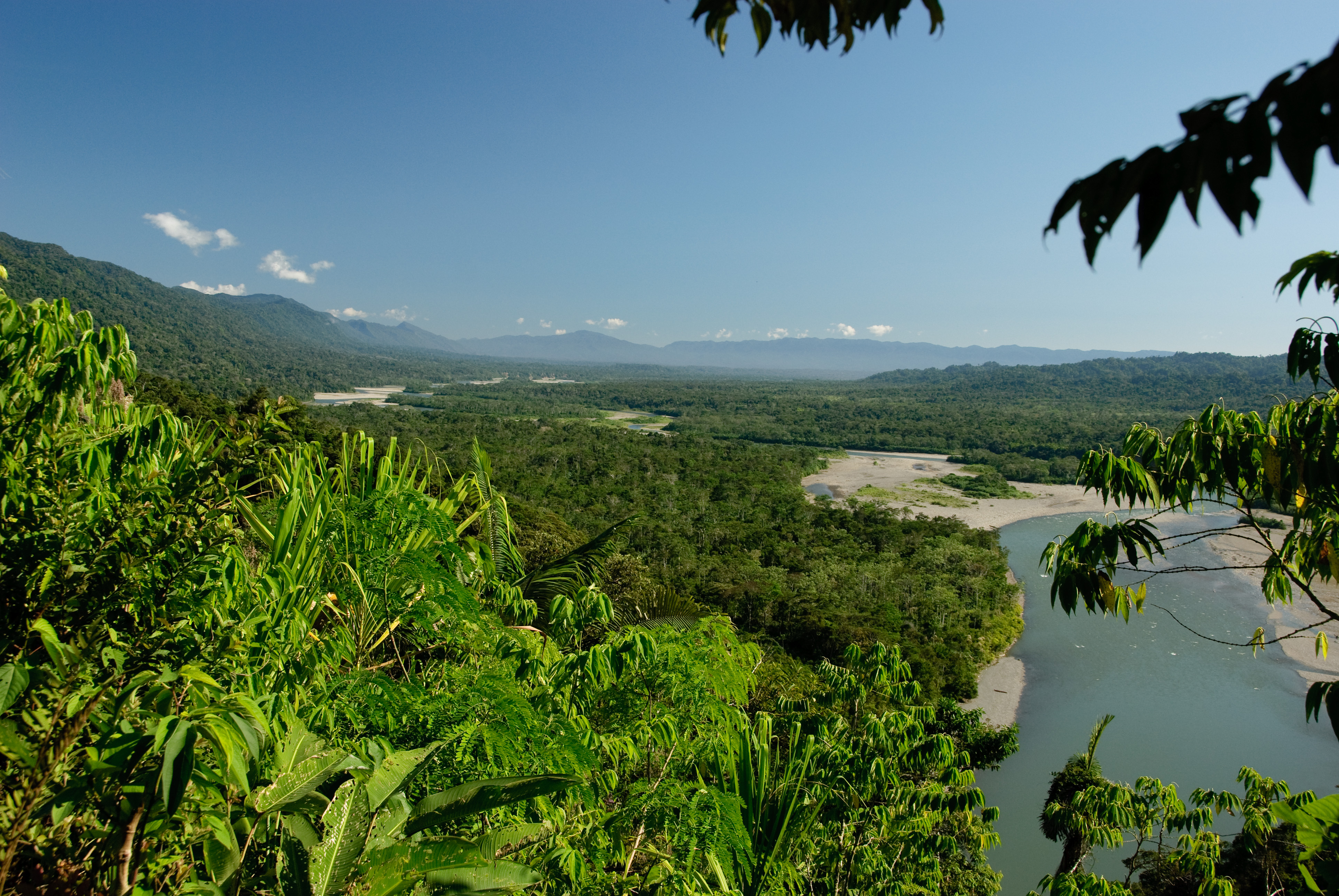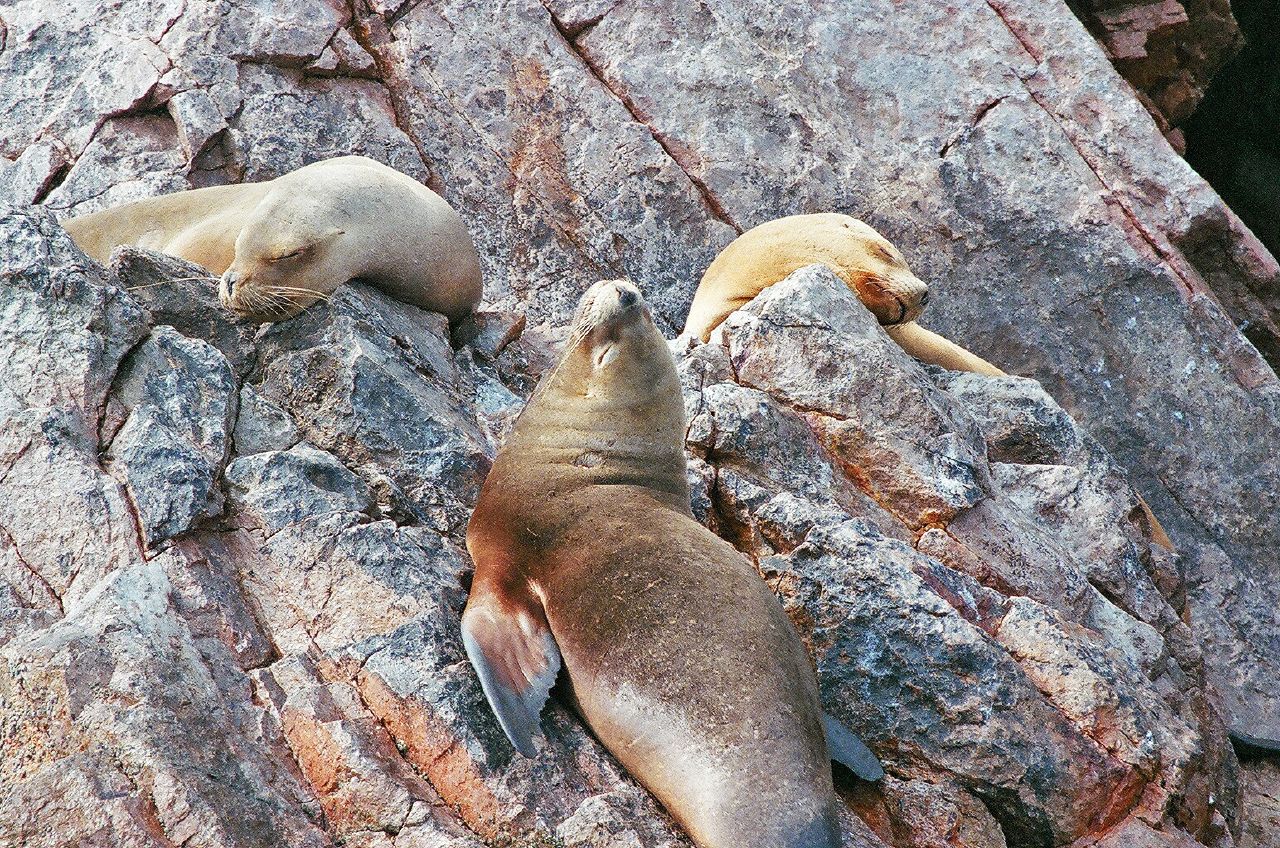|
Allobates Conspicuus
''Allobates conspicuus'' is a species of frog in the family Aromobatidae. It is native to western Brazil and eastern Peru. Home This diurnal frog has been found in bamboo and other forests. Some individuals have been spotted in disturbed habitats, such as regenerating forest. Scientists have seen this frog between 250 and 550 meters above sea level. Scientists have observed the frog within Manu National Park Manu National Park () is a national park and biosphere reserve located in the regions of Madre de Dios and Cusco in Peru. It protects a diverse number of ecosystems including lowland rainforests, cloud forests and Andean grasslands. History M ... in Peru. They believe it may also live in Parque Nacional da Serra do Divisor in Brazil. Reproduction Scientists infer that the tadpoles swim in streams like other tadpoles in ''Allobates'' do. Threats The IUCN classifies this frog as least concern of extinction. What threat it faces comes from both corporate and small farm ... [...More Info...] [...Related Items...] OR: [Wikipedia] [Google] [Baidu] |
Frog
A frog is any member of a diverse and largely semiaquatic group of short-bodied, tailless amphibian vertebrates composing the order (biology), order Anura (coming from the Ancient Greek , literally 'without tail'). Frog species with rough skin texture due to wart-like parotoid glands tend to be called toads, but the distinction between frogs and toads is informal and purely cosmetic, not from taxonomy (biology), taxonomy or evolutionary history. Frogs are widely distributed, ranging from the tropics to subarctic regions, but the greatest concentration of species diversity is in tropical rainforest and associated wetlands. They account for around 88% of extant amphibian species, and are one of the five most diverse vertebrate orders. The oldest fossil "proto-frog" ''Triadobatrachus'' is known from the Early Triassic of Madagascar (250Myr, million years ago), but molecular clock, molecular clock dating suggests their divergent evolution, divergence from other amphibians may exte ... [...More Info...] [...Related Items...] OR: [Wikipedia] [Google] [Baidu] |
Aromobatidae
The Aromobatidae are a family of frogs native to Central and South America. They are sometimes referred to as cryptic forest frogs or cryptic poison frogs. They are the sister taxon of the Dendrobatidae, the poison dart frogs, but are not as toxic as most dendrobatids are. Taxonomy The Aromobatidae were separated from the Dendrobatidae only in 2006, and some sources continue to treat these frogs as part of the Dendrobatidae. However, their position as the sister taxa is well supported, and the question is primarily about whether they should be ranked as a family or a subfamily. The validity of subfamilies within the Aromobatidae is also unsettled. Some evidence points to paraphyly of at least the subfamily Anomaloglossinae, and genus ''Allobates'', largely because of the uncertain placement of '' Allobates olfersioides''. Some species are reported to have a skunk like odor. This strong odor is secreted through the skin but theses frogs are not toxic. This strong odor is used a ... [...More Info...] [...Related Items...] OR: [Wikipedia] [Google] [Baidu] |
Manu National Park
Manu National Park () is a national park and biosphere reserve located in the regions of Madre de Dios and Cusco in Peru. It protects a diverse number of ecosystems including lowland rainforests, cloud forests and Andean grasslands. History Manu National Park was established by decree on 29 May 1973; during the dictatorship of General Juan Velasco. In 1977, UNESCO recognised it as a Biosphere Reserve and in 1987, as a World Heritage Site. In 2002, the Peruvian government increased the extension of the park to its current area. Geography Manu National Park covers an area of which comprises mountainous areas (traversed by creeks and valleys) with elevations close to 4000 m above sea level and a portion of the Amazon Basin plains. The national park is divided in the following areas: the restricted use zone (with pristine forests and native communities, access is granted to researchers only); the reserved zone (for recreation and research); the recuperation zone (for the recove ... [...More Info...] [...Related Items...] OR: [Wikipedia] [Google] [Baidu] |
Parque Nacional Da Serra Do Divisor
The Serra do Divisor National Park () is a national park on the westernmost point of Brazil, in the state of Acre, near the Peruvian border. It also has the highest point in that state, reaching 609 meters above sea level. It has been nominated by the Brazilian government as a Tentative World Heritage Site since 1998. Location The Serra do Divisor National Park is divided between the municipalities of Rodrigues Alves (13.45%), Porto Walter (26.99%), Marechal Thaumaturgo (4.73%), Mâncio Lima (31.71%) and Cruzeiro do Sul (23.12%) in the state of Acre. It has an area of . The park is bounded to the west by the border with Peru, which runs along the Serra Divisor mountain range. It adjoins the Alto Juruá Extractive Reserve along its southeast border. The Juruá River defines the eastern boundary of the southern section of the park. The Azul River defines the eastern boundary of the northern section. The conservation unit would be included in the proposed Western Amazon Ecolo ... [...More Info...] [...Related Items...] OR: [Wikipedia] [Google] [Baidu] |
Allobates
''Allobates'' is a genus of frogs in the family Aromobatidae. They are native to the Central and South Americas, from Nicaragua to Bolivia and Brazil, with one species on Martinique. Description and ecology Species of the genus ''Allobates'' are mostly small frogs. Dorsal colouration is cryptic, with the exception of the ''Allobates femoralis'' group that has bright colours. They are mostly terrestrial frogs found in the leaf litter of tropical rain forests. Most species deposit eggs in the leaf litter; tadpoles are transported to the water on the backs of the parents. '' Allobates nidicola'' and '' Allobates chalcopis'', however, have endotrophic tadpoles that develop into froglets in the nest, without entering water. Taxonomy There are many species recognised in the genus ''Allobates'': References External links * *"The Chirping Frog"- 2018 BBC internet article on new species found in the Pico da Neblina National Park Pico da Neblina National Park () is a national p ... [...More Info...] [...Related Items...] OR: [Wikipedia] [Google] [Baidu] |
Frogs Of Brazil
This is a list of the amphibian species recorded in Brazil. The total number of species is 946. Anura Amphignathodontidae *'' Fritziana fissilis'' (Miranda-Ribeiro, 1920) *'' Fritziana goeldii'' (Boulenger, 1895) *'' Fritziana ohausi'' (Wandolleck, 1907) *'' Gastrotheca albolineata'' (Lutz & Lutz, 1939) *'' Gastrotheca fissipes'' (Boulenger, 1888) *'' Gastrotheca microdiscus'' (Andersson in Lönnberg and Andersson, 1910) Aromobatidae *'' Allobates alagoanus'' (Bokermann, 1967) *'' Allobates brunneus'' (Cope, 1887) *'' Allobates caeruleodactylus'' (Lima & Caldwell, 2001) *'' Allobates capixaba'' (Bokermann, 1967) *'' Allobates carioca'' (Bokermann, 1967) *'' Allobates conspicuus'' (Morales, 2002 "2000") *'' Allobates crombiei'' (Morales, 2002 "2000") *'' Allobates femoralis'' (Boulenger, 1884 "1883") *'' Allobates fuscellus'' (Morales, 2002 "2000") *'' Allobates gasconi'' (Morales, 2002 "2000") *'' Allobates goianus'' (Bokermann, 1975) *'' Allobates marchesianus'' (Melin, 194 ... [...More Info...] [...Related Items...] OR: [Wikipedia] [Google] [Baidu] |
Frogs Of Peru
Peru has some of the greatest biodiversity in the world. It belongs to the select group of mega diverse countries because of the presence of the Andes, Amazon rainforest, and the Pacific Ocean. It has the fourth-most tropical forests of any country and the ninth-most forest area. The country is ranked among the five countries with the greatest biodiversity in the world according to various studies. Natural protected areas The 1993 Constitution of Peru recognized the natural resources and ecosystems of Peru as part of its heritage. In 1999, the National System of Natural Areas Protected by the State () was established by the Peruvian government. SINANPE consists of natural areas under national administration, managed and overseen by the National Service of Natural Protected Areas by the State (SERNANP). They also created a map of protection and preservation of historical–cultural heritage and nature. Peru has 76 natural protected areas (more of 15% of the country surface are ... [...More Info...] [...Related Items...] OR: [Wikipedia] [Google] [Baidu] |
Taxonomy Articles Created By Polbot
280px, Generalized scheme of taxonomy Taxonomy is a practice and science concerned with classification or categorization. Typically, there are two parts to it: the development of an underlying scheme of classes (a taxonomy) and the allocation of things to the classes (classification). Originally, taxonomy referred only to the classification of organisms on the basis of shared characteristics. Today it also has a more general sense. It may refer to the classification of things or concepts, as well as to the principles underlying such work. Thus a taxonomy can be used to organize species, documents, videos or anything else. A taxonomy organizes taxonomic units known as "taxa" (singular "taxon"). Many are hierarchies. One function of a taxonomy is to help users more easily find what they are searching for. This may be effected in ways that include a library classification system and a search engine taxonomy. Etymology The word was coined in 1813 by the Swiss botanist A ... [...More Info...] [...Related Items...] OR: [Wikipedia] [Google] [Baidu] |




